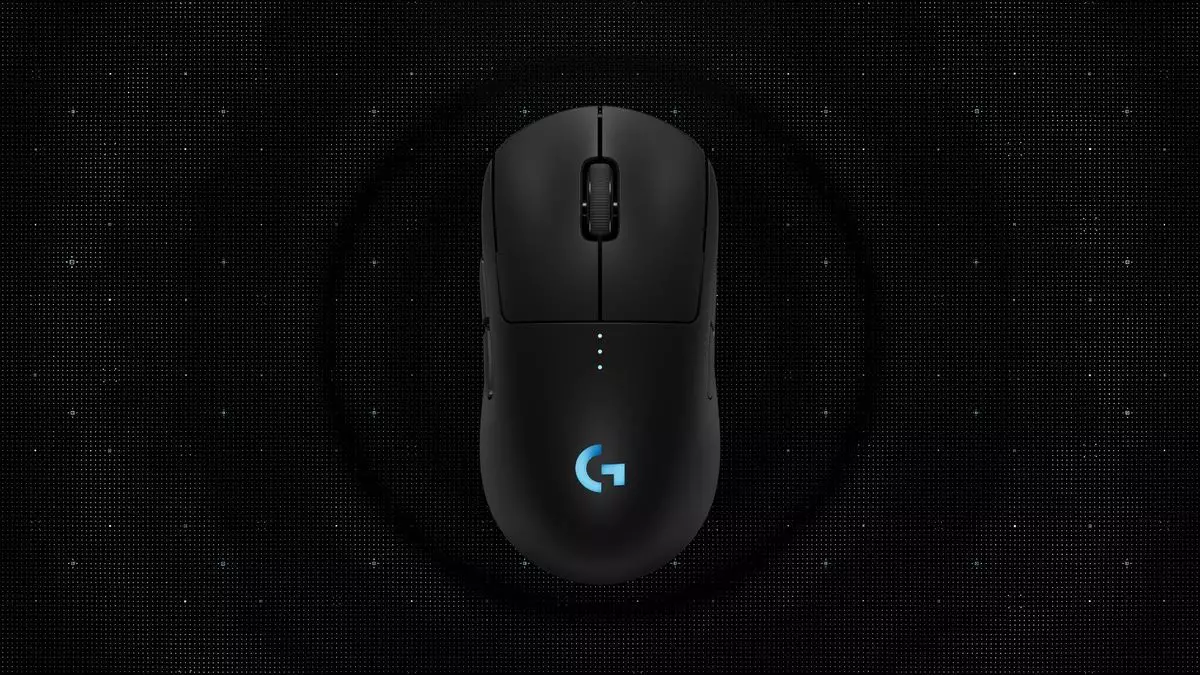In the evolving landscape of gaming peripherals, Logitech is reaffirming its commitment to innovation by introducing significant upgrades to its gaming mice lineup. Central to this development is the transition to the Hero 2 sensor, which promises to redefine the gaming experience for both enthusiasts and professional gamers. This article explores the implications of these advancements, particularly focusing on the new G Pro X Superlight 2 Dex Lightspeed mouse and the broader enhancement of existing models.
A Leap in Precision: The Promise of the Hero 2 Sensor
Logitech has long been a pivotal player in the gaming accessories market, and with the enhancements brought about by the Hero 2 sensor, the company is set to further solidify this position. At the recent Logi Play conference, the unveiling of devices like the G Pro X Superlight 2 showcased not only sleek designs but also remarkable technical specifications. The announcement that existing Logitech gaming mice would receive similar upgrades highlights a strategic approach to maintaining customer loyalty and continuously improving user experience.
A standout feature of the Hero 2 sensor is its impressive capability to reach a DPI (dots per inch) of 44,000. This specification is a game-changer for gamers, as it allows for pixel-level precision in cursor movements. In contrast, the previous model launched with reduced specifications, making this upgrade quite a leap forward. Alongside the heightened DPI, an improvement in IPS (inches per second) tracking capabilities from 500 to 888 IPS indicates that the mouse can better manage rapid movements, making it indispensable for fast-paced gaming scenarios.
An important aspect of the Hero 2 sensor’s value is not just its hardware capabilities, but also the enhancement via software updates. The introduction of the G Hub software, which facilitates user control over various settings including DPI adjustments and lighting profiles, is crucial for gamers seeking customization. By connecting their devices to G Hub, users will unlock the full potential of the sensor, allowing for increased sensitivity and responsiveness tailored to individual gaming styles.
The versatility of adjusting DPI settings on the fly is particularly critical for competitive gamers who must adapt their equipment to different game genres and scenarios. This software capability exemplifies Logitech’s understanding of gamer needs and contributes to a more engaging gaming experience.
The launch of the G Pro X Superlight 2 Dex Lightspeed, while aligned with the broader rollout of Hero 2 sensor upgrades, introduces a distinctive approach to design. The Dex model boasts a unique shape aimed at enhancing grip and control during prolonged gaming sessions, appealing especially to professional gamers. The decision to offer this distinct design despite the software upgrades available for older models raises questions about market strategy—primarily, whether Logitech aims to meet both the needs of high-performance users and those who prefer a more ergonomic experience.
However, the 8k polling rate of the new Dex model might not resonate well with every gamer. The higher polling rate, while offering increased responsiveness, is likely to incur faster battery drainage, potentially diminishing its attractiveness to gamers who prioritize longevity over extreme performance metrics. This could segment the market between those seeking top-tier specifications and those who are more concerned with practicality, creating a diverse range of offerings within the same product family.
Conclusion: A Bright Future Ahead
The advancements in Logitech’s gaming mouse lineup, particularly concerning the Hero 2 sensor and the G Hub software integration, mark a significant step toward enhancing gaming performance. As existing models benefit from these updates, Logitech is effectively ensuring that loyalty among customers is rewarded. It is clear that the future of gaming peripherals lies in a blend of enhanced precision, customization, and ergonomic design, a path that Logitech seems determined to navigate. As users await further developments and software rollouts, one thing is certain: the gaming accessory industry is entering a new phase of sophistication that promises to elevate the everyday experiences of gamers worldwide.


Leave a Reply